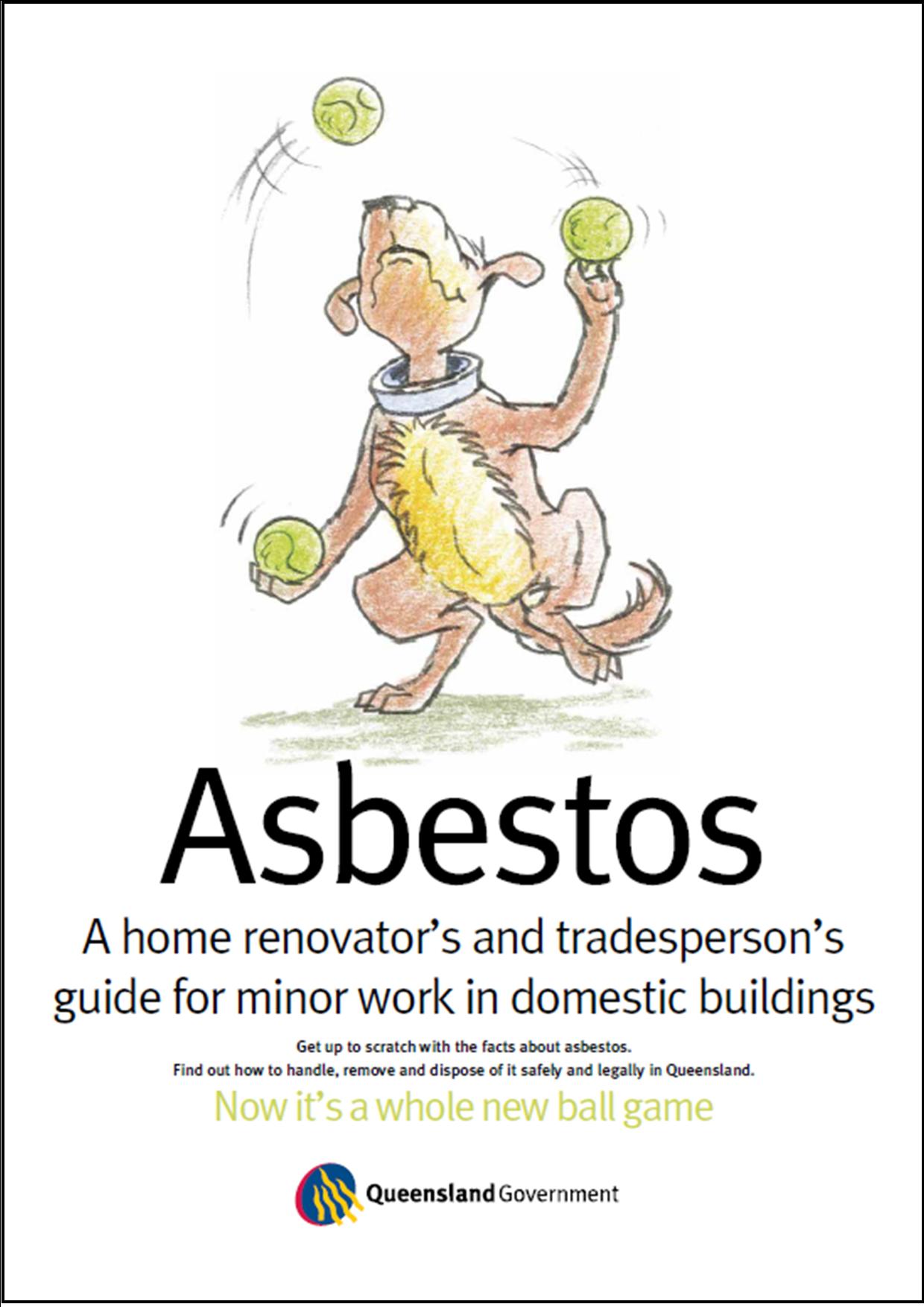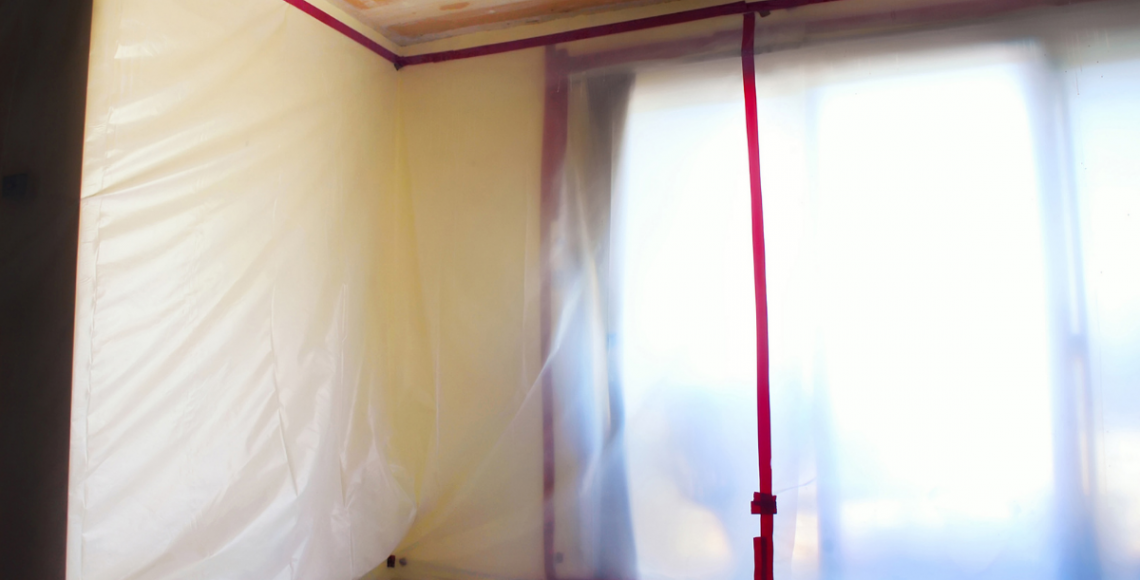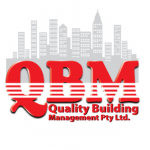The devastating effects of airborne asbestos fibres on human health are made painfully apparent by the thousands of victims who die from asbestos related illnesses each year. The growing number of DIY renovators and professionals involved in the construction industry are now the ones with the highest risk of asbestos exposure.
Despite the ban on asbestos export, import, and its production, there are still many homes and buildings that have asbestos-containing materials (ACMs). When these are demolished or undergo major renovation, they release lethal asbestos fibres that can embed themselves into the lungs.
This is not the correct PPE to wear when working with asbestos materials!
It must be noted that bonded asbestos that is in a good condition is generally not considered a threat; however, if any work that will change its form, or its removal/disturbance is performed, then microscopic fibres are likely to be released. The same is true for life-cycle changes that alter the condition of the asbestos, making it loose and deteriorated. The situation becomes extremely critical when the people involved (whether directly or indirectly) do not use the necessary personal protective equipment (PPE) or lack the necessary knowledge to handle asbestos-containing materials.![]()
Know the Risk Areas For Asbestos Exposure
The most popular types of asbestos containing materials (ACMs) found on commercial, residential, and commercial properties are often linked to:
- Asbestos cement products
- Insulating board
- Insulating covers
- Sprayed loose insulation covers
- Textured paint
- Vinyl floor tiles
- Underlay of linoleum floor coverings
With this in mind, great care has to be taken when any type of work is conducted in areas containing these materials. It is always safer to assume that asbestos is present and later to confirm this with the relevant testing methods.
Protect Yourself and Others
If you are a DIY enthusiast, then your need to be mindful of asbestos exposure. It is important to note that you can only work with bonded asbestos that is less than 10m2—anything over this or classified as friable asbestos will require the input of an asbestos removalist with the appropriate licence. A P2 or P3 asbestos mask is necessary when handling asbestos. You should also get disposable gloves, disposable coveralls, disposable hats, and sturdy bags in which to place all disposable material after use.
Signs that delimit various locations should be placed as strategic points to ensure that others are not exposed to asbestos fibres while you work. If you are working on the outdoors, remove anything that could get contaminated with the fibres and take the necessary precautions to not contaminate the soil. For indoor jobs, turn off air-conditioning units or fans to ensure that the fibres do not spread. You should use heavy-duty plastic to cover all furniture and take the necessary steps to remove any item that is near to the area with asbestos containing materials. Your neighbours should also be informed of the fact that you plan to work with asbestos so that they can take the necessary precautions to protect themselves.



